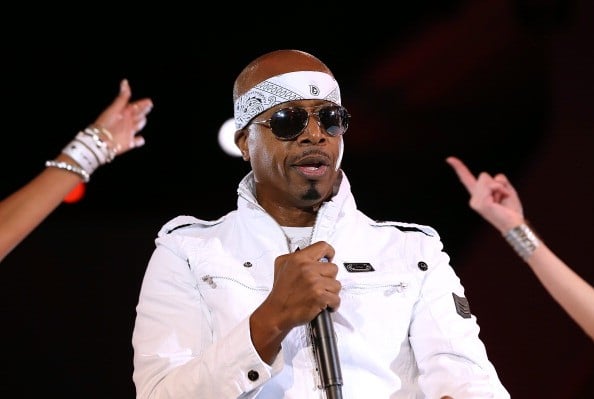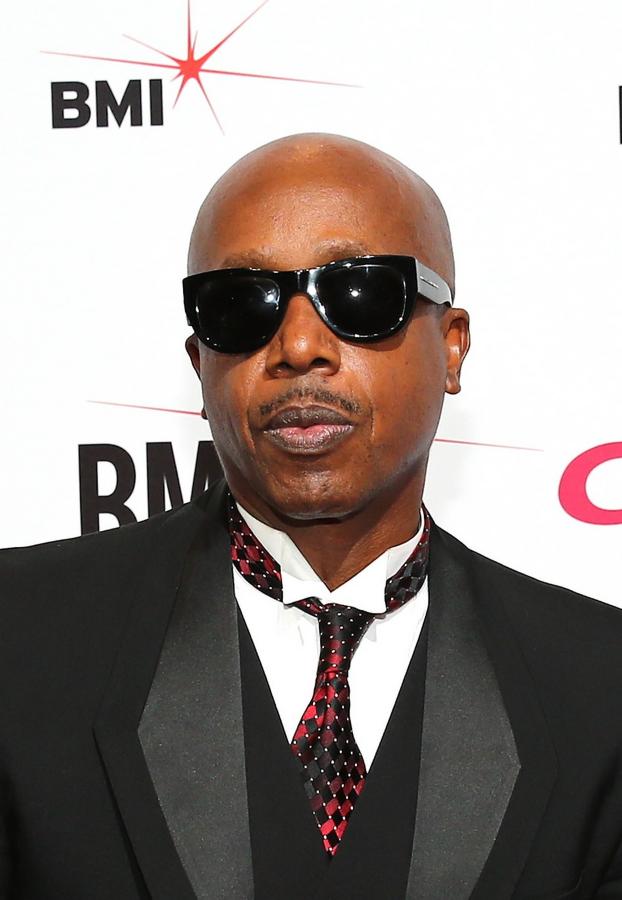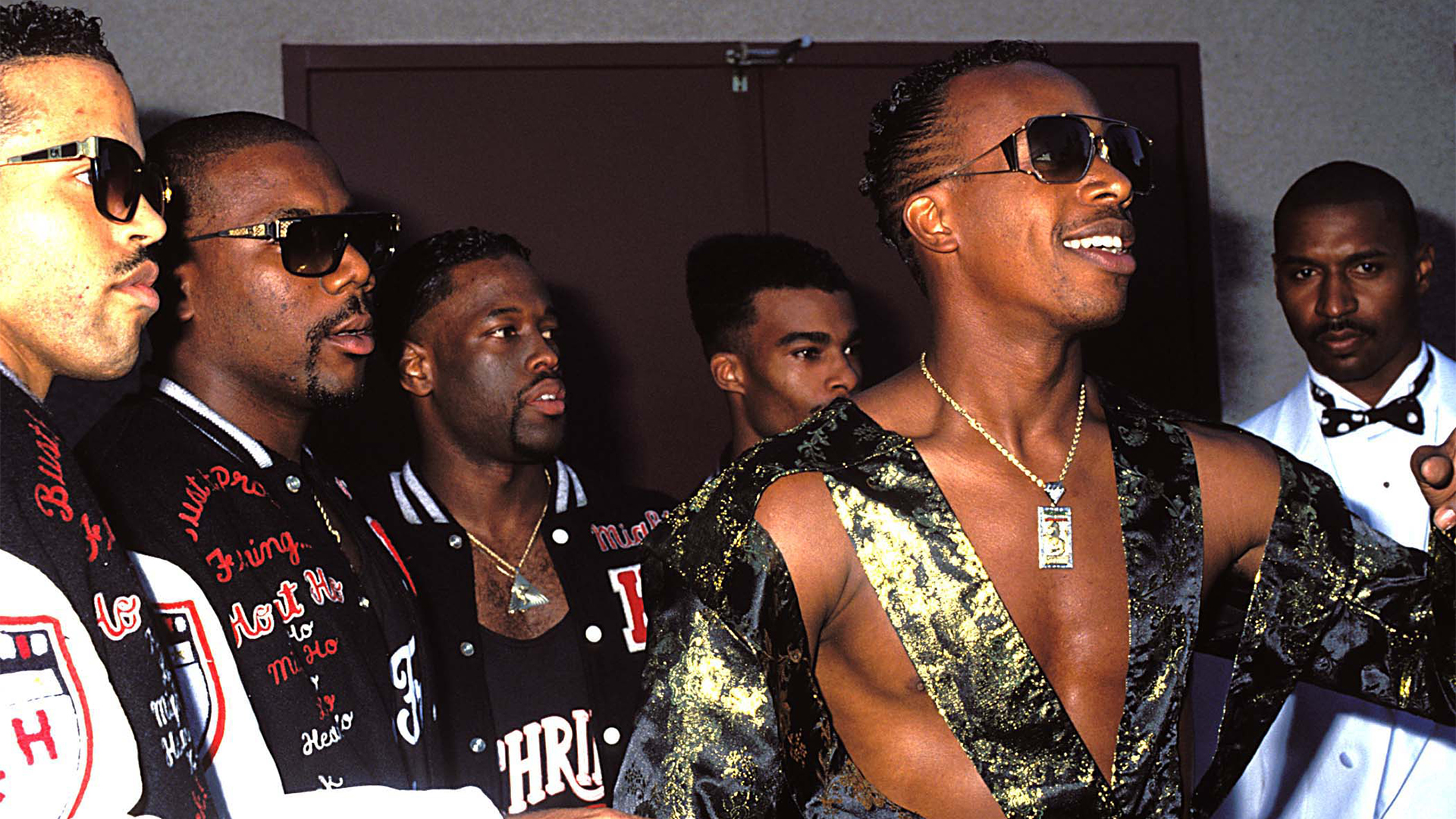MC Hammer: The Rise, Fall, And Resurgence Of A Hip-Hop Icon
- Category:
- Richest Celebrities › Rappers
- Net Worth:
- $2 Million
- Birthdate:
- Mar 30, 1962 (63 years old)
- Birthplace:
- Oakland
- Gender:
- Male
- Height:
- 5 ft 11 in (1.82 m)
- Profession:
- Preacher, Entrepreneur, Actor, Musician, Songwriter, Rapper, Singer, Choreographer, Dancer, Entertainer
- Nationality:
- United States of America
What’s MC Hammer’s Net Worth Today?
Let’s talk about one of the most iconic figures in hip-hop history: MC Hammer. Born Stanley Kirk Burrell, this Oakland-native has been through it all—fame, fortune, and a few rocky financial patches. As of now, MC Hammer's net worth sits at around $2 million. But here’s the kicker: back in the '90s, he was sitting pretty with a personal fortune of $70 million. That’s right, folks, $70 million! Unfortunately, Hammer’s extravagant lifestyle and some questionable financial decisions led him to file for bankruptcy in 1996. We’ll dive deeper into that story later, but for now, let’s just say his lavish mansion and massive entourage didn’t help matters. Despite those setbacks, MC Hammer remains an influential figure in music and entertainment. He’s sold over 25 million albums worldwide and is still making waves in pop culture. If you’ve ever seen him dance, you know why people can’t touch this guy!
Hammer's career skyrocketed with his 1990 album, "Please Hammer, Don't Hurt 'Em," which became the first hip-hop album to be certified diamond, selling over 10 million copies. The album’s smash hit, "U Can't Touch This," sampled Rick James’ "Super Freak" and turned MC Hammer into a global sensation. But his success wasn’t limited to just one album. In 1991, he followed up with "Too Legit to Quit," another blockbuster that solidified his place in music history. Even though financial troubles would eventually hit, MC Hammer has continued to thrive as an entertainer, preacher, and entrepreneur.

Early Life: From Oakland Streets to Batboy Extraordinaire
MC Hammer wasn’t always the flashy entertainer we know today. He was born Stanley Kirk Burrell on March 30, 1962, in Oakland, California. Growing up in a three-bedroom apartment in East Oakland, life wasn’t easy for young Stanley. His mother worked as a secretary, and his father was a professional poker player. To make ends meet, the family sold stray baseballs in the Oakland Coliseum parking lot. But it was in that very parking lot where Stanley’s life took a surprising turn. At just 11 years old, he caught the eye of Charles Finley, the owner of the Oakland Athletics, with his incredible dancing skills. Finley hired him as a clubhouse assistant and batboy, a role he held from 1973 to 1980. It was during this time that he earned the nickname "M.C." for being the "Master of Ceremonies" at team events. And because of his resemblance to baseball legend Hank Aaron, he also got the moniker "Hammer." Those early years laid the groundwork for the entertainer he would become.
Read also:Jonathan Lemires Net Worth In 2024 A Closer Look At His Wealth And Career
After graduating from McClymonds High School in Oakland, Stanley joined the U.S. Navy, where he served as a Petty Officer for three years before being honorably discharged. This military experience taught him discipline and leadership, qualities that would serve him well in his future endeavors.
Early Career: Breaking Into the Music Scene
MC Hammer’s journey into music wasn’t a straight shot to fame. In the late 1980s, he began performing in small venues around Oakland, showcasing his unique blend of rap and dance. When a record deal fell through, Hammer didn’t give up. Instead, he borrowed $20,000 from former Oakland A's players Mike Davis and Dwayne Murphy to start his own record label, Bust It Productions. He sold records out of his basement and car to keep the business afloat. Eventually, Bust It Productions evolved into Bustin’ Records, with MC Hammer at the helm as CEO. His first album, "Feel My Power," released in 1986, sold over 60,000 copies. Tracks like "Let's Get It Started" and "Ring 'Em" gained moderate radio play and became local club favorites. This was just the beginning of a career that would redefine pop rap and entertainment.

Superstardom: The Breakthrough That Changed Everything
MC Hammer’s big break came in 1990 when a Capitol Records executive caught his electrifying performance at an Oakland club. Impressed by his energy and charisma, the exec signed him to a record deal with a $1.75 million advance. Hammer’s debut album under Capitol, "Please Hammer, Don't Hurt 'Em," became a cultural phenomenon. The lead single, "U Can't Touch This," topped the Billboard Hot R&B/Hip-Hop Songs Chart and spent 21 weeks at #1 on the album charts. The song won two Grammys and remains a staple in film and TV projects. Hammer's European tour in 1991 was a massive success, and the album’s sampling of artists like Prince, The Jackson 5, Marvin Gaye, and Faith No More showcased his versatility.
His next album, "Too Legit To Quit," released in 1991, was another smash hit. The title track became the biggest single from the record, peaking in the top five of the Billboard 200. The music video for "2 Legit 2 Quit" featured so many celebrity cameos that it’s considered one of the most expensive videos ever made. The album went multi-platinum, solidifying Hammer's status as a global superstar. Over the years, he’s released seven more albums, selling over 50 million records worldwide and earning three Grammys and numerous other awards. His music continues to influence new generations, and his most iconic singles are still used in commercials and films today.
Beyond music, MC Hammer has worn many hats. He’s worked as an ordained preacher, hosted TV shows, judged dance competitions, and even produced his own movie, "Please Hammer Don't Hurt 'Em: The Movie," in 1990. In 2008, he co-founded Dance Jam, a dance website, and served as CEO of his own record label. He also executive produced his short-lived reality TV show, "Hammertime." Most recently, Hammer appeared in a Cheetos commercial during the 2020 Super Bowl, celebrating the 30th anniversary of "U Can't Touch This." He’s also been a spokesperson for brands like Starburst and 3M Command Strips.
MC Hammer's Bankruptcy: The Fall and Rise
Unfortunately, MC Hammer’s story isn’t just about success—it’s also about resilience. In 1996, he filed for bankruptcy after accumulating around $10 million in debt. During his peak earning year in 1991, he made $33 million, which is equivalent to about $70 million today. But that money didn’t last long. Between 1990 and 1996, Hammer spent extravagantly on luxury sports cars, airplanes, a record company, and a massive estate in Fremont, California. At one point, he was reportedly spending $500,000 a month on his entourage alone. To make matters worse, he took out personal loans, including $500,000 from NFL/MLB star Deion Sanders and another $500,000 from his personal lawyer.
Read also:Peter Marc Jacobsons Journey From Tv Production To Financial Success
By December 2013, Hammer still owed the IRS $800,000 in back taxes and penalties related to income from 1996 and 1997. According to legal documents, every dollar he earns today must first go to the IRS before it reaches his pocket. Despite these challenges, Hammer has made a remarkable comeback through new music releases, record label management, and entrepreneurial ventures. His journey serves as a powerful reminder of the importance of financial responsibility.
The Hammer Time Mansion: A Dream Home Turned Financial Burden
In October 1990, MC Hammer dropped $5 million on a 12.55-acre property in Fremont, California. Located in the hills above the rough Oakland neighborhood where he grew up, this purchase was unheard of for the area. Adjusted for inflation, spending $5 million in 1990 is equivalent to dropping $11 million today. Hammer didn’t stop there. He demolished the original 11,000-square-foot mansion and replaced it with a 40,000-square-foot custom home. This dream house came equipped with a bowling alley, Italian marble floors, two swimming pools, multiple tennis courts, a recording studio, state-of-the-art thermostats, a media room, four dishwashers, a rehearsal hall, a 17-car garage, and even a baseball diamond. The construction cost between $12 and $20 million, which translates to $25 to $45 million today.
Building such an extravagant mansion drained much of Hammer’s financial resources. Maintaining the property only added to his burdens. After declaring bankruptcy in 1996, he listed the property for sale at $6.8 million. In August 1997, the home sold for $5.3 million. It changed hands again in 2012 for $5.4 million. While the mansion was a symbol of his success, it ultimately contributed to his financial downfall.
Personal Life: Family and Tech Ventures
Today, MC Hammer lives a more modest life in a ranch-style home in Tracy, California, with his wife Stephanie, whom he’s been married to since 1985. Together, they have five children—Bobby, Jeremiah, Sammy, Sarah, and A’keiba—and they also raised Hammer’s nephew. Despite his past financial struggles, Hammer remains active in the entertainment and tech worlds. He frequently posts on social media and is currently consulting for or investing in eight tech companies. Hammer dedicates 10 to 12 hours daily to various tech projects and has been known to tweet 30 to 40 times a day. His ability to adapt and innovate proves that MC Hammer is far from done making his mark on the world.
Jon Stewart: The Man, The Myth, The Legend
Peter Dinklage: The Man Behind Tyrion Lannister
Andrew McCarthy: The Star You Thought You Knew


